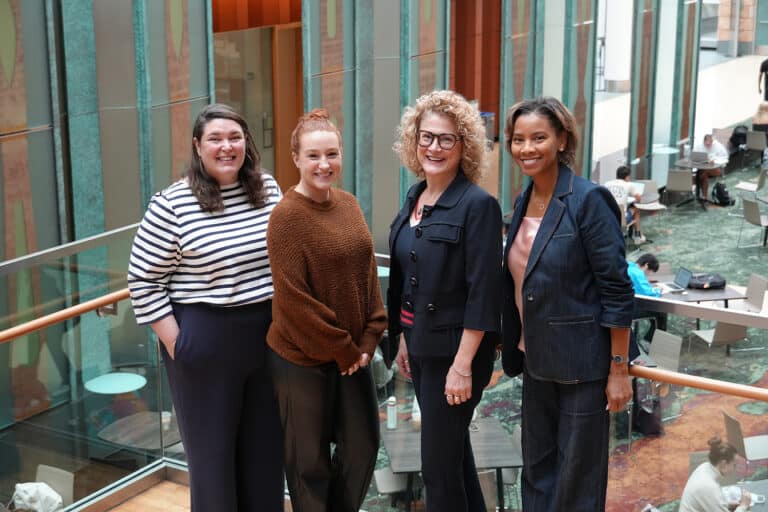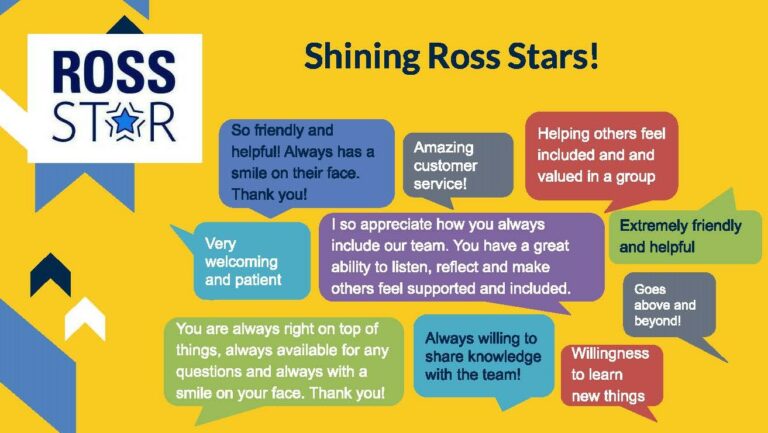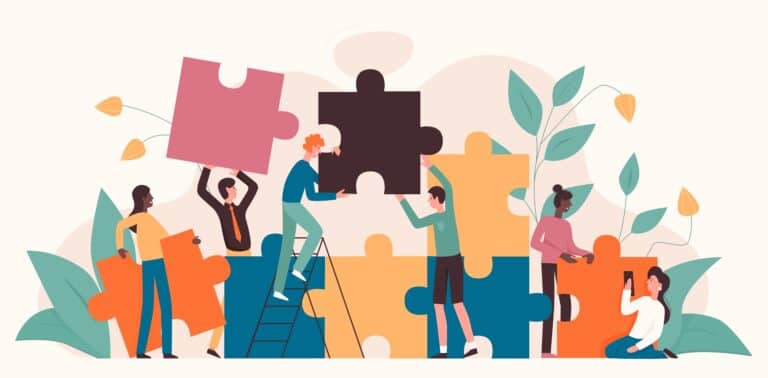Q&A: How Faculty and Staff Use AI Technology
With the emergence and accessibility of artificial intelligence applications, AI is quickly becoming an integral part of higher education at Michigan Ross and around the world. University of Michigan’s Information and Technology Services has developed AI tools for faculty, staff, and students. Also, this month, the university announced a new Go Blue AI app with many features, such as finding out what’s happening on campus and using AI image recognition to tell you about a photo you took, among others.
Here’s how Michigan Ross faculty and staff use AI at work.

Cheryl Sobkow, director of support services, Ross IT
In Ross IT, we are integrating AI to improve our work and foster more strategic decision-making. For example, we’re improving search results by using AI for search engine optimization. It gathers content from different websites into one place and analyzes it to give better and more relevant results based on what is being asked.
We also use a decision tree tool to gather AI information, practices, recommendations, and guidance in one place. This tool helps people assess potential AI projects and determine whether AI is suitable for their tasks, helping to optimize time and provide valuable insights.
As part of our commitment to collaboration, we have also introduced AI training sessions that provide a platform for discussions on AI use; share valuable insights, tips, and best practices; and encourage knowledge sharing between Ross IT and the community.

Jerry Davis, Gilbert and Ruth Whitaker Professor of Business Administration, professor of management and organizations
In the +Impact Studio course, students are exposed to a suite of different AI tools to use in designing equitable business models. One use is to take anonymized data to create personas to participate in brainstorming sessions and respond to proposed business ideas with constructive criticism. Using AI to create these personas makes the students’ ideas more realistic and responsive. I have also used AI for some industrial-scale research tasks, e.g., reading through 450 article files, extracting metadata, renaming files, organizing them into folders based on themes, and more… nerd stuff!

Toon Mertens, media services manager, Office of Digital Education
AI has transformed every aspect of digital education, media production, and systems that support learning experiences. From scripting and summarizing to advanced technical tasks like audio cleanup, video enhancement, and generative AI for mood boards, graphics, and 3D modeling, AI has raised the bar while making professional-grade tools accessible to everyone.
Widely available tools like Google’s NotebookLM and ChatGPT have become time-savers for faculty and instructional designers, assisting with summarization, brainstorming, and rubric creation. ChatGPT, in particular, is flexible enough to support various needs with the right prompts. Since we can continuously refine its output, we don’t have to rely on its built-in expertise alone. In the Office of Digital Education, we closely monitor AI tools specifically designed for education, such as Khan Academy’s Kahnmigo, an AI-powered teaching assistant, streamlining administrative tasks to save educators time. However, given the rapid pace of AI evolution, we avoid tying ourselves to any single tool.
More importantly, as AI becomes integral to our work and student learning, we must rethink how we teach and assess students. Traditional assessments that rely on reproducing answers are becoming less effective in a world where AI can easily generate responses. The future lies in designing engaging, action-based learning experiences that foster critical thinking, creativity, and authentic engagement. More than ever, educators must let their personal touch and authenticity shine. In this digital world, it’s about embracing innovation while keeping the human connection at the heart of our work.

Julia Hoffert, director of admissions and recruiting, One-Year Master’s Programs
I use AI regularly to help me communicate more effectively with students and my colleagues. For example, “Please rewrite for clarity and efficiency” is my go-to phrase when I have written an email but need help making my messages more succinct and clear. I tend to be lengthy in my messaging, so this prompt has helped me streamline my messaging while ensuring the content’s integrity stays intact.

Erica Yang, +Impact Studio program specialist, Business+Impact
At the +Impact Studio, we’ve been utilizing Hey Nunchi, a new tool created by a local start-up to foster more human connections within membership organizations such as co-working spaces, university groups, and start-up accelerators. It helps our students identify each other’s skill sets and form key collaborative relationships to move their ventures forward without relying on a staff member to introduce them. This year was our first year using Hey Nunchi, and we’re excited to experiment and find more ways to leverage this tool. Additionally, as a team, Business+Impact has been experimenting with ways AI can help make business modeling accessible to everyone, regardless of whether they have an extensive business background.






